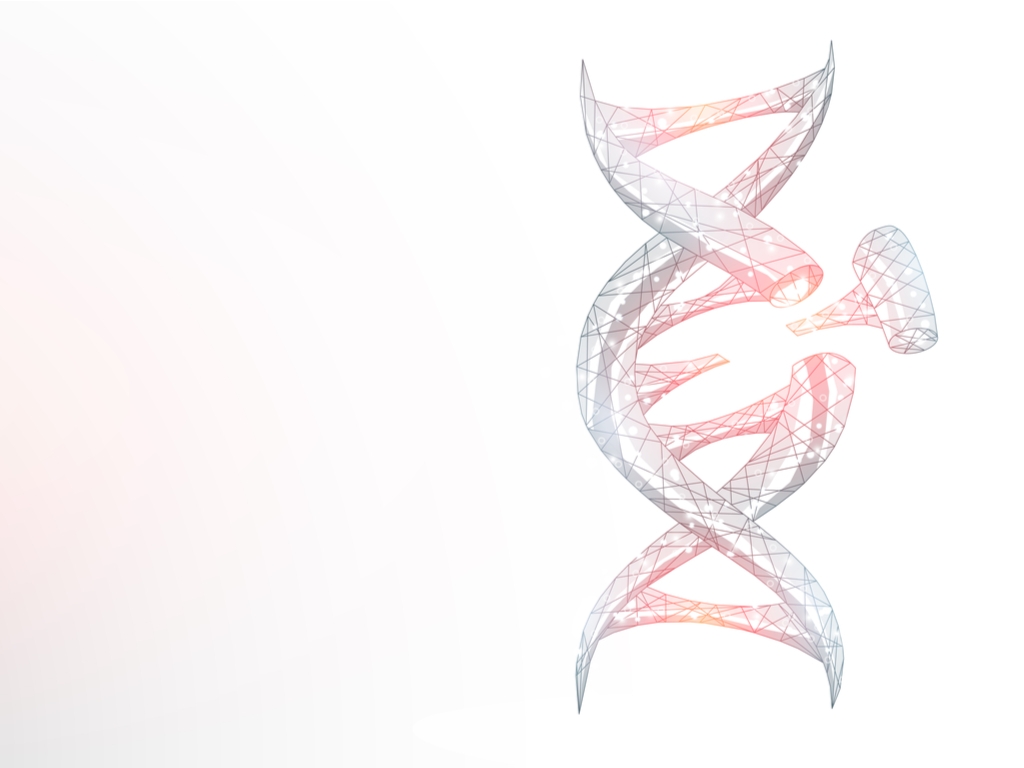Home > Insights > Biotech, Pharma Healthcare > How are Bacteriophage Used in Cell therapy?
How are Bacteriophage used in Cell Therapy?
May, 2020

Our Executive Perspectives are informational primers intended for executives and functional leaders. They are intended to provide a calculated mix of technical and commercial understanding of relevant topics in science and technology industries.
What is a Bacteriophage?
A bacteriophage is actually a virus that attacks bacteria and are found everywhere bacteria live.
What is CRISPR?
CRISPR-Cas9 is a naturally occurring defense mechanism found in bacterial cells against viral invaders. The discovery of the CRISPR-Cas9 sequences in bacterial cells goes back to the 1980s[1] but a flurry of activity took place in 2005-2008 and then again in 2011-2013 that presented a deeper understanding of the mechanisms for its occurrence and potential applications in human therapeutics.
NOVA put together the following video to better describe what CRISPR is.
Bottom-line, CRISPR-Cas9 is as an offensive gene editing tool. It works as a search and cut tool to identify the exact genetic location (CRISPR) to be cut using the Cas9 enzyme (a genomic scissor that cuts a specific nucleotide). Applications for CRISPR-Cas9 include gene knockouts, tagging or surgically cutting a single nucleotide.
CRISPR is exciting due to its potential to edit specific mutations – a field of significant interest within cancer research. While CRISPR has applications in drug discovery for target screening and identification, there are applications for CRISPR in engineering immune cells and oncolytic viruses (viruses used to target cancer cells) for immunotherapy applications.
What is a Weaponized Bacteriophage?
Weaponized bacteriophage are bacteriophage that have been engineered with CRISPR to change its core function. These new entities may kill bacteria or force them to carry out useful functions such as expressing therapeutic proteins.
What are the Applications for Weaponized Bacteriophage?
Current applications for weaponized bacteriophage are in the areas of antibiotic-resistance bacteria and microbiome gene therapy. The Centers for Disease Control (CDC) indicates that “antibiotic resistance is one of the greatest public health challenges of our time” and that there are 700,000 deaths each year, which will climb to 10 million by 2050 (2).
UCSD has successfully demonstrated the use of phage therapy by treating its first patient, Tom Patterson – a 69 year old professor of Psychiatry at UCSD who acquired a multi-drug resistant bacterium on a vacation to the Middle East. Mr. Patterson failed to respond to treatment leading to his comatose state. Mr. Patterson’s wife, Dr. Steffanie Strathdee who is an Associate Dean of Global Health Sciences at UCSD collaborated with Robert Schooley, professor of medicine and an infectious disease expert at USCD to find alternative courses of treatment. In further collaboration with UCSD, the US Navy, Texas A&M, SD State University and private industry they were able to treat Mr. Patterson with an experimental cocktail of bacteriophage under the compassionate use exemption. They have since treated 5 other patients using bacteriophage.
Companies working on antimicrobials to kill antibiotic resistance bacteria include Eligo Biosciences, incubated at the Institut Pasteur in Paris and now situated in the Paris Biotech Sante cluster as well as Locus Biosciences, spun out from North Carolina State University in 2015.
- Eligo: Founded in 2014 based on the research of two different labs located at MIT (Lu) and Rockefeller University (Marraffini). They have developed a platform technology that can be used to program microbial populations in the gut, lungs, skin and other places where microbes reside. Their “Eligobiotics” are nano delivery vehicles that can be programmed to package genetic synthetic circuits.
- Locus Biosciences: The “crPhage platform” uses CRISPR-Cas3 to target pathogens in the body. The company started its human clinical trials in January 2020 and announced a strategic partnership with J&Jto develop phage therapies targeting respiratory infections.
By: Kiran Chin


